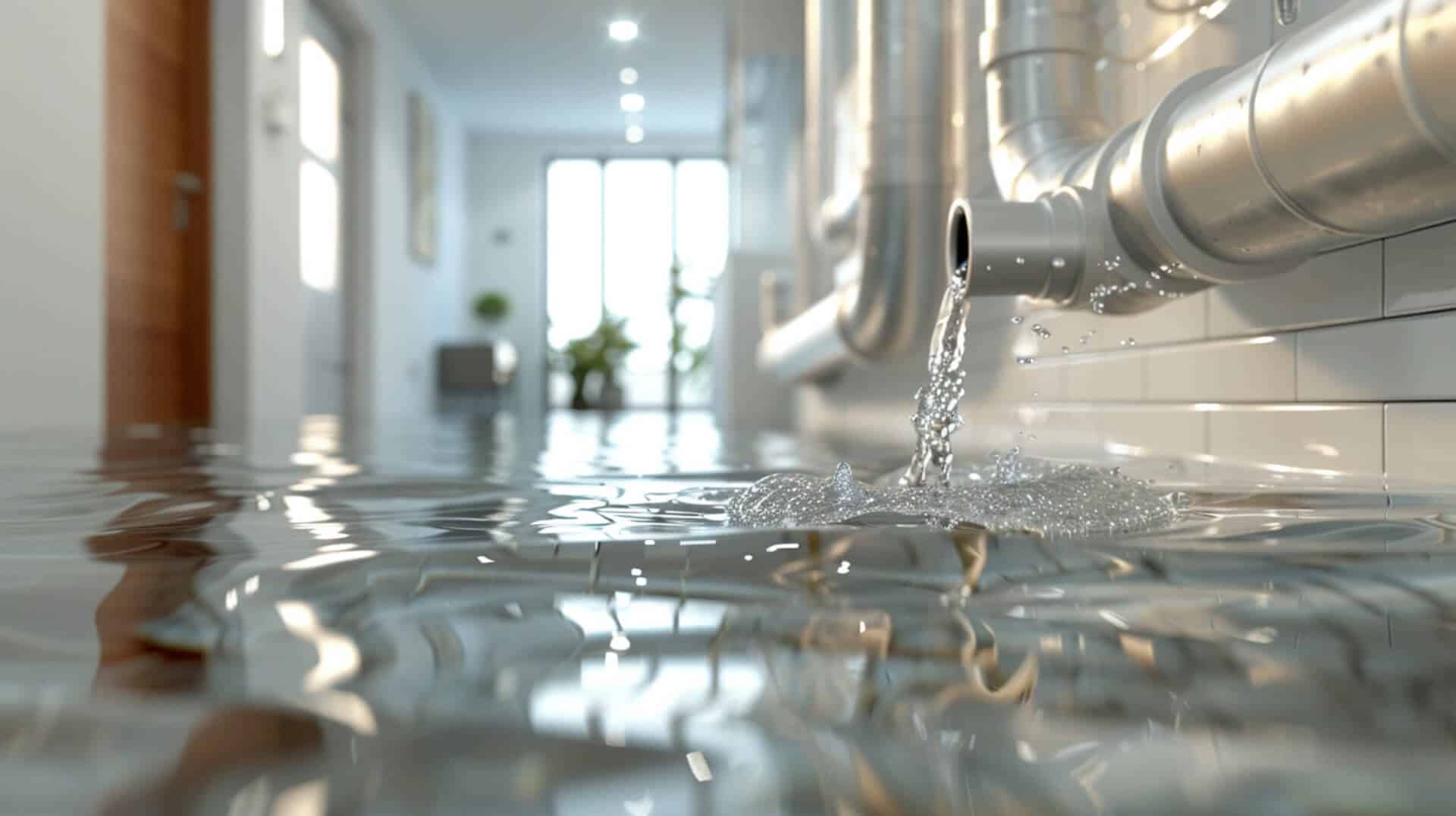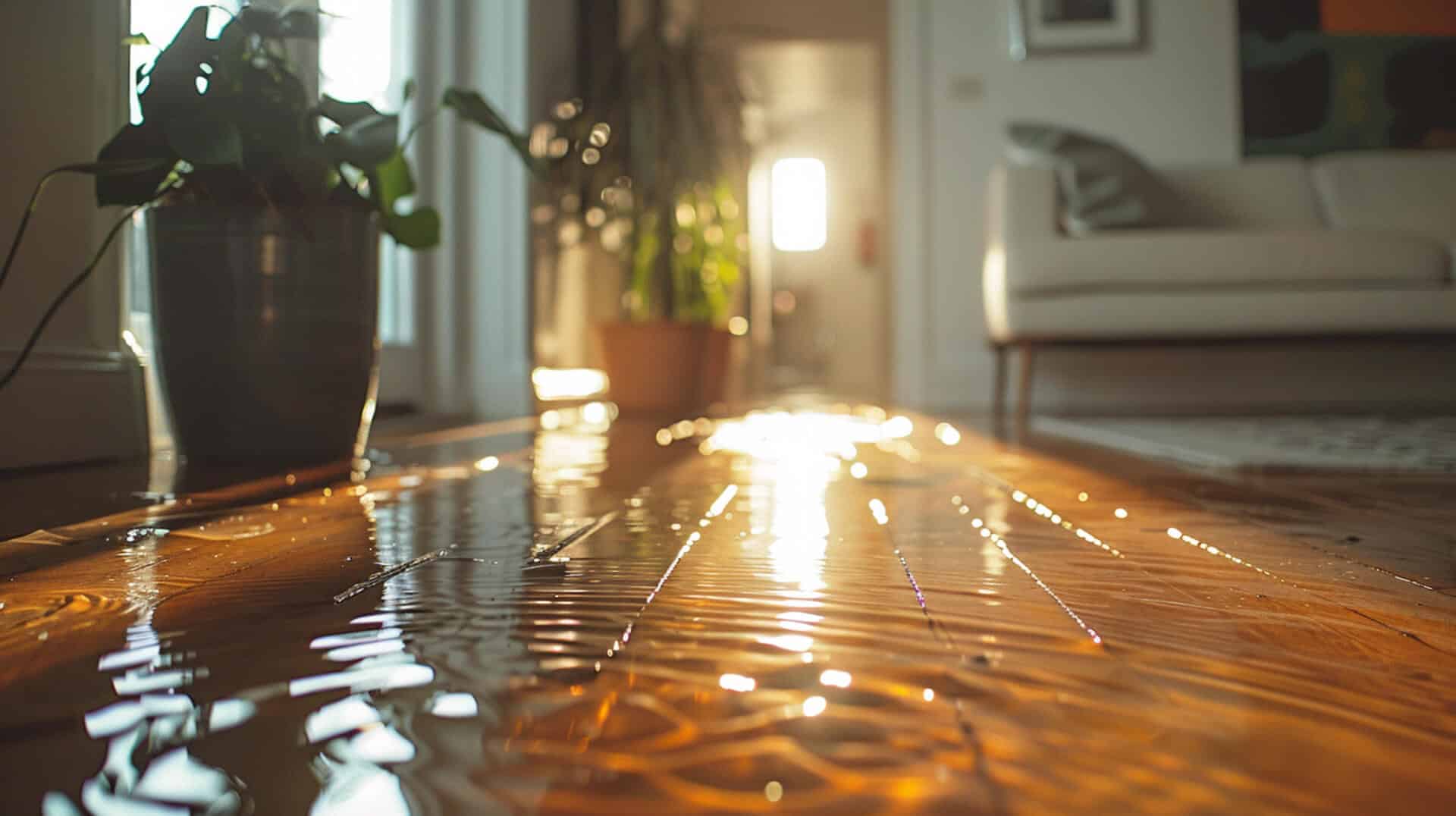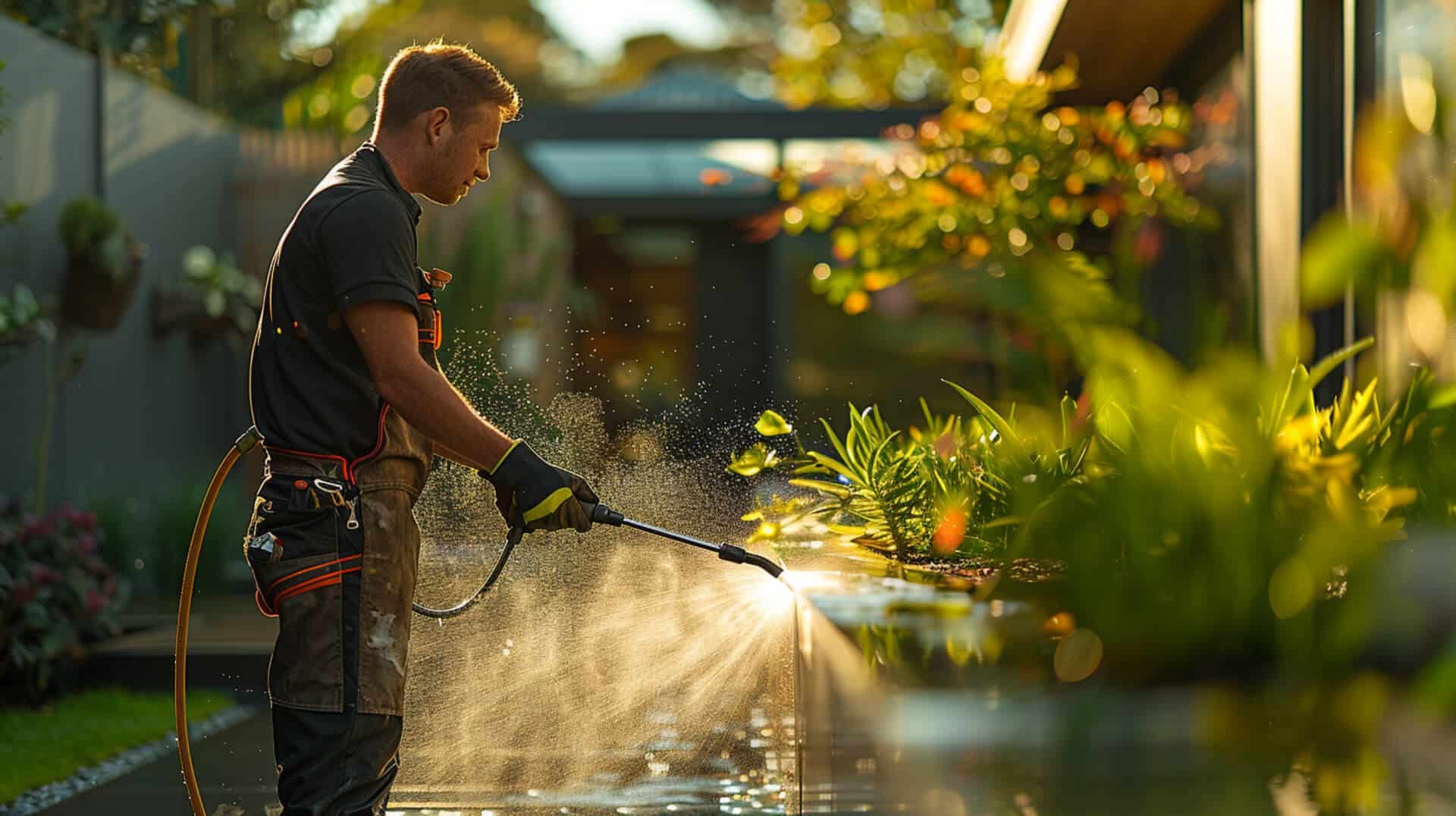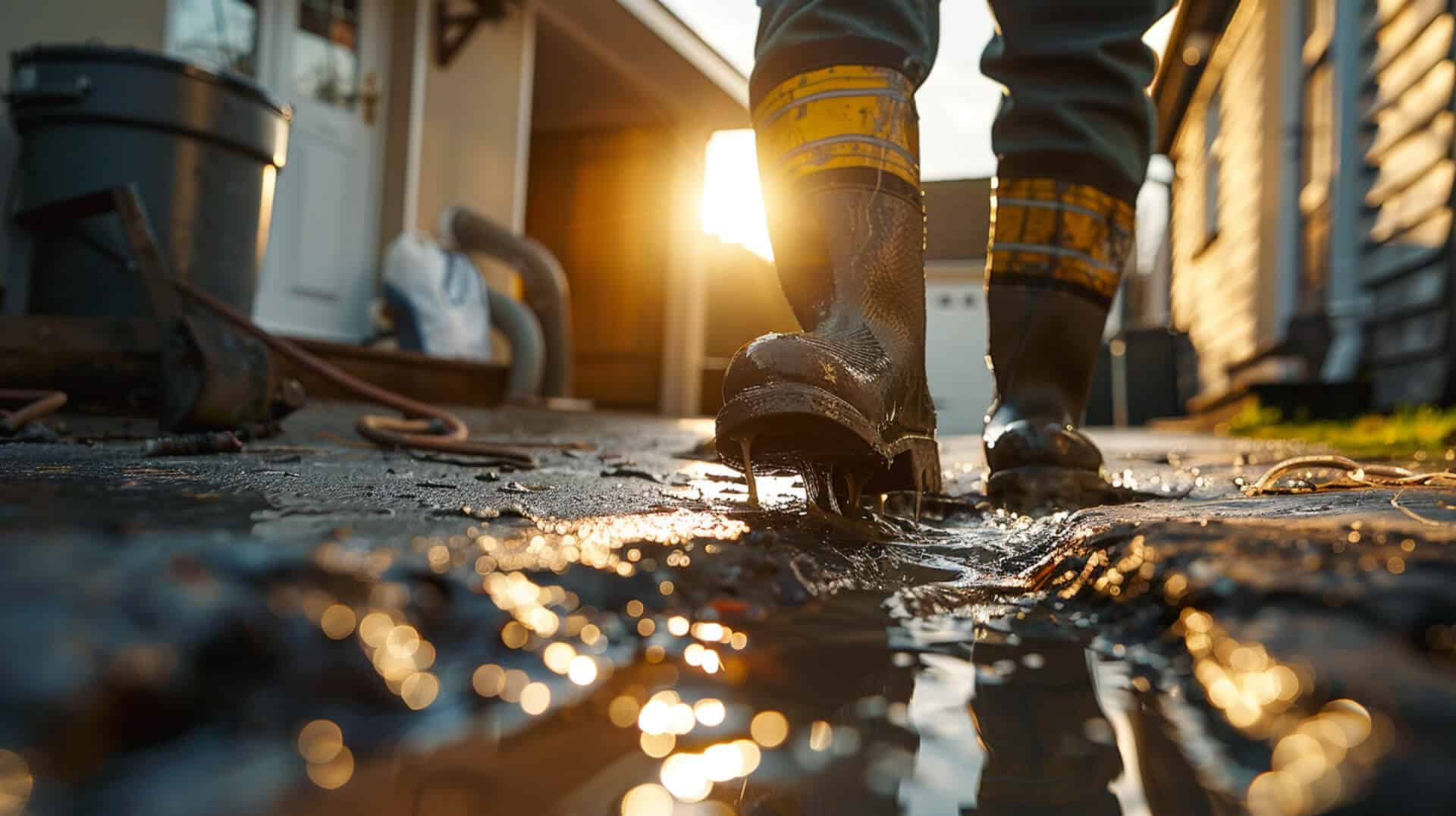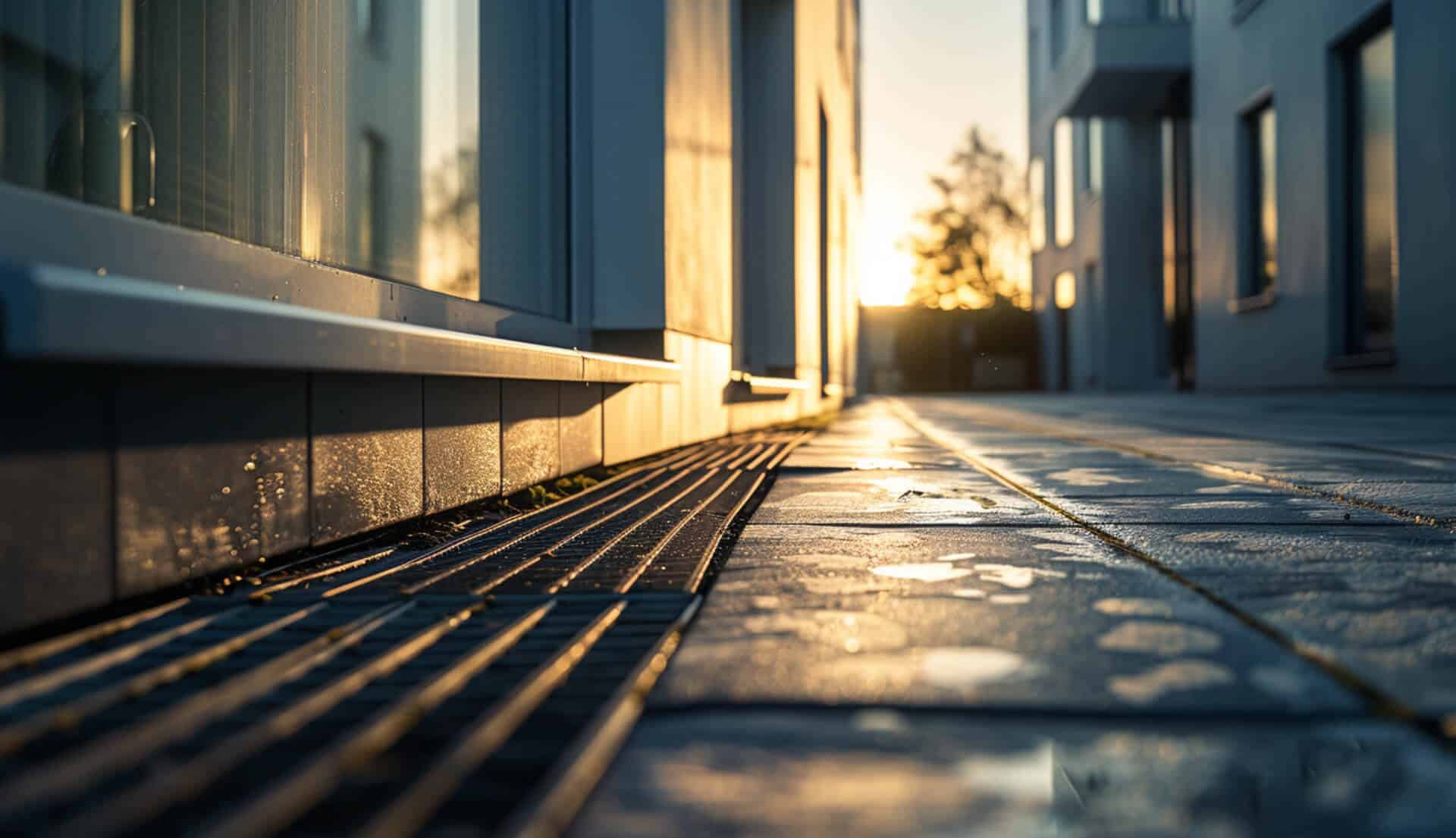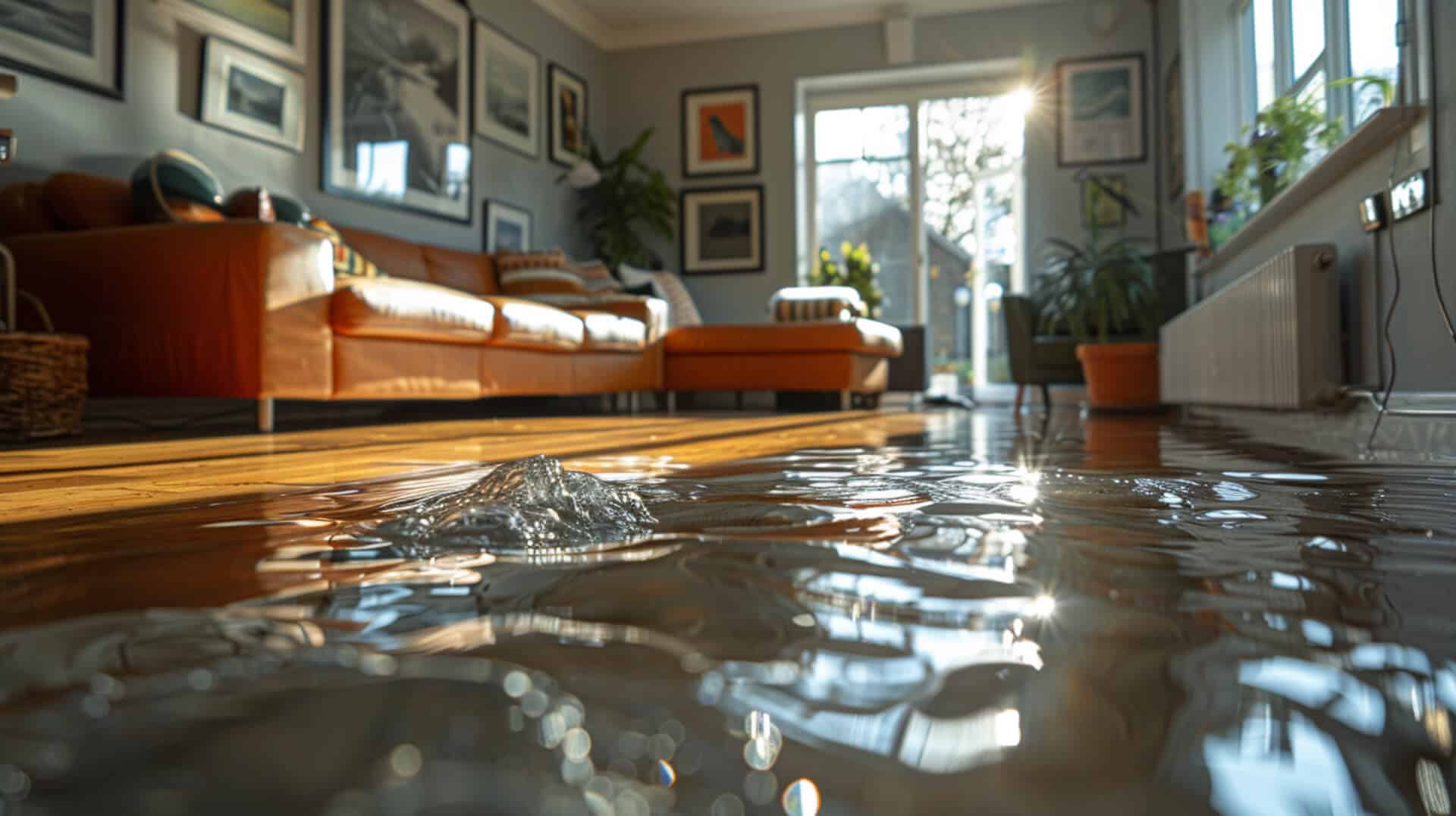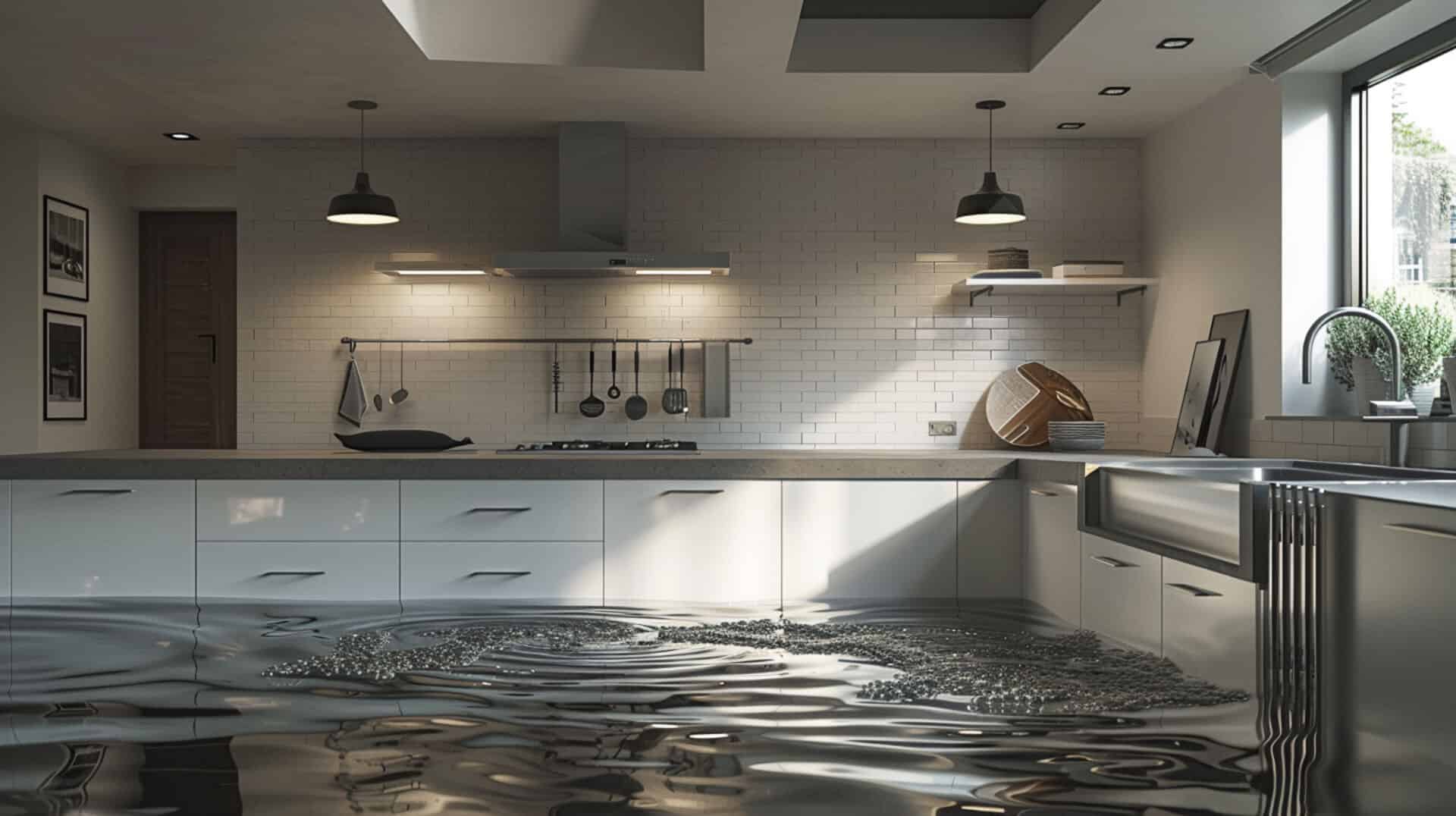 How Often Should Lateral Line Cleaning Be Done
How Often Should Lateral Line Cleaning Be Done
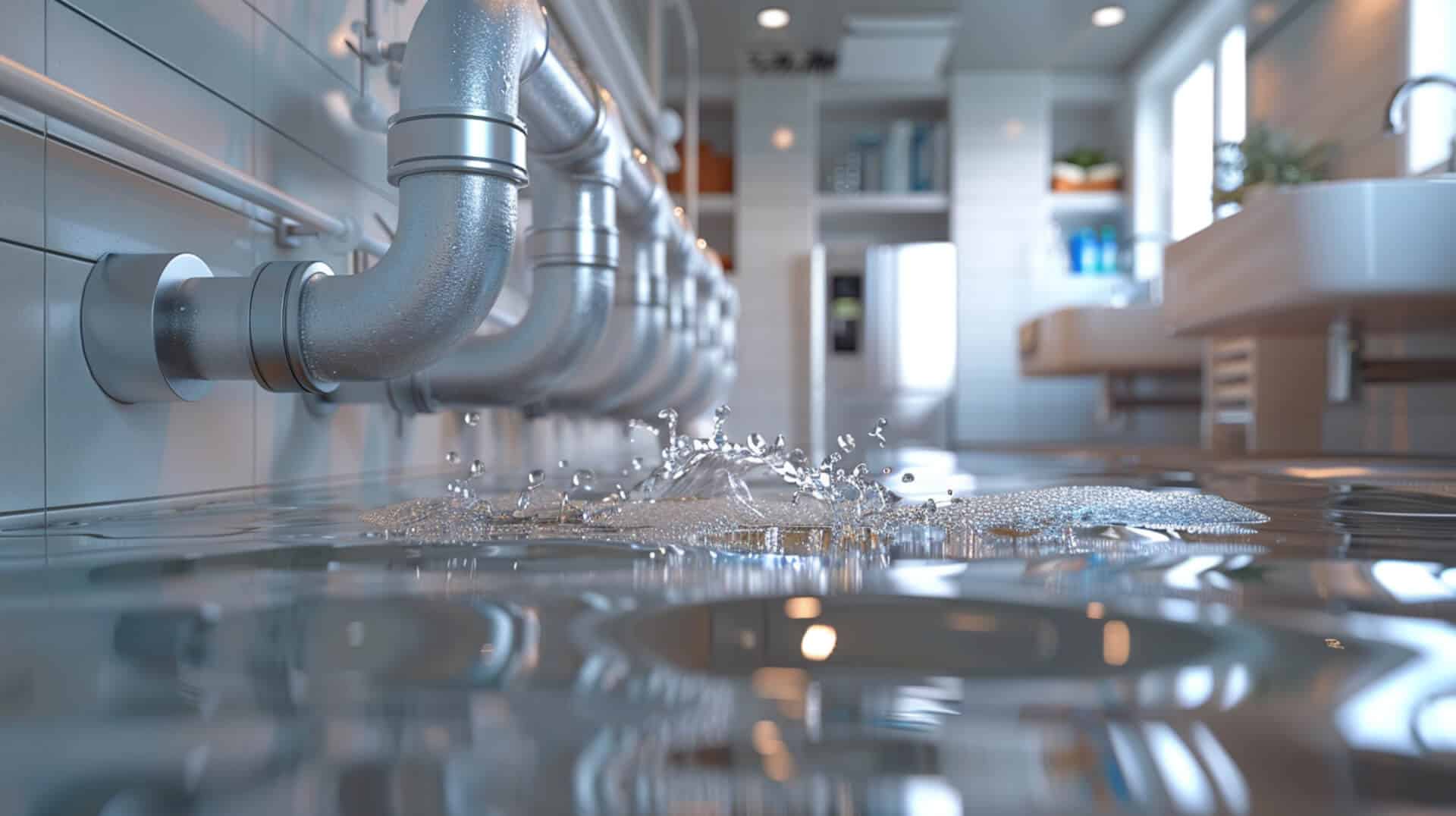
Lateral line cleaning is a crucial maintenance task for any property connected to a sewer system. It involves the removal of obstructions and build-up within the lateral pipes that connect a property to the main sewer line. Regular cleaning is necessary to prevent blockages that can lead to sewage backups, slow drainage, and potential property damage.
Frequency of Lateral Line Cleaning
The frequency of lateral line cleaning varies, with a general guideline suggesting a range of 18-22 months. However, this schedule can be influenced by several factors, including the age of the sewer system, its location, and the intensity of its usage. Property owners should consider these variables to determine the optimal cleaning schedule for their lateral lines.
Factors Influencing Cleaning Frequency
Several factors impact how often lateral line cleaning should be performed:
- System Age: Older systems may require more frequent cleaning due to potential degradation and reduced efficiency.
- Location: Environmental factors, such as tree root growth or soil composition, can affect how quickly blockages form.
- Usage Patterns: High-usage systems, such as those in commercial properties, may need cleaning more often to handle the increased waste flow.
Importance of This Guide
For property owners, business owners, and facility managers, understanding the necessity and frequency of lateral line cleaning is vital. This guide provides essential information to help you maintain the health of your sewer system, avoid costly repairs, and ensure compliance with local regulations. By adhering to the recommended practices, you can protect your property and contribute to the overall efficiency of the municipal sewer infrastructure.
Understanding Lateral Lines and Sewer Systems
Lateral lines are a crucial component of sewer systems, connecting individual properties to the main sewer line. These pipes are responsible for transporting wastewater from your home or business to the municipal treatment facilities. Unlike main sewer lines, which are maintained by the city or municipality, lateral lines are typically the property owner’s responsibility.
Function of Lateral Lines
Lateral lines function as the intermediary conduits between your property and the larger sewer system. They play a vital role in ensuring that waste is efficiently removed from your premises, preventing potential health hazards and maintaining sanitary conditions.
Distinction from Main Sewer Lines
While main sewer lines are larger and serve multiple properties, lateral lines are smaller and typically serve a single property. This distinction is important because it often determines who is responsible for maintenance and repairs.
Common Issues Affecting Lateral Lines
Lateral lines can be affected by various issues such as blockages, tree root intrusion, cracks, and general wear and tear. These problems can lead to backups and overflows, necessitating prompt cleaning and maintenance.
Impact of Structure and Material
The structure and material of lateral lines can significantly impact their maintenance needs. Older pipes made of clay or cast iron may be more prone to damage and require more frequent cleaning compared to newer materials like PVC or polyethylene.
By understanding the role and specific challenges associated with lateral lines, you can better manage their maintenance and ensure the longevity of your sewer system.
Recommended Cleaning Frequency for Lateral Lines
Maintaining the health of your sewer system involves regular cleaning of the lateral lines. The general guideline suggests a cleaning frequency of every 18 to 22 months. However, this is not a one-size-fits-all recommendation, as several factors can influence the optimal cleaning schedule.
Factors Affecting Cleaning Frequency
System Age
Older systems may require more frequent attention due to potential degradation of pipes and previous maintenance history.
Location
Environmental factors, such as tree root growth or soil composition, can affect how often cleaning is needed.
Usage Patterns
High-usage systems, such as those in commercial properties, might need cleaning more often than residential systems due to the increased volume of waste.
Importance of Adherence to Cleaning Schedules
Regular cleaning is crucial for preventing blockages and backups, which can lead to costly repairs and unsanitary conditions. Adhering to a maintenance schedule helps ensure system efficiency and longevity.
Monitoring for Cleaning
Property owners should monitor their lateral lines for signs of clogs or slow drainage. Keeping a record of maintenance and cleaning dates, as well as any signs of system distress, can assist in deciding when to schedule cleaning. Proactive monitoring and maintenance are key to avoiding emergency situations and ensuring the smooth operation of your sewer system.
Signs That Your Lateral Line Needs Cleaning
Recognising the early warning signs that indicate a need for lateral line cleaning is essential for maintaining a functional sewer system. Property owners should be vigilant for the following indicators:
Identifying Clogs and Slow Drainage
- Clogs: If you notice that water is not draining as quickly as usual or if there is a complete halt in drainage, it could signify a blockage in the lateral line.
- Slow Drainage: A gradual decrease in drainage speed can also be a precursor to more severe clogs.
Detecting Odours and Backups
- Odours: Unpleasant smells emanating from drains or the area around the lateral line can indicate waste accumulation and the need for cleaning.
- Backups: Water or sewage backing up into the property is a clear sign that the lateral line is obstructed and requires immediate attention.
Recommended Immediate Actions
Upon noticing any of these signs, it is advisable to:
- Cease using the system to prevent exacerbating the issue.
- Consult with a professional to assess the situation and determine the appropriate cleaning method.
The Role of Regular Inspections
Regular inspections can help in identifying these signs early, allowing for timely intervention before the problems escalate. Scheduling routine checks with a qualified service provider can prevent unexpected disruptions and maintain the health of your sewer system.
Methods for Effective Lateral Line Cleaning
Choosing the right method for cleaning lateral lines is crucial for maintaining the integrity and functionality of your sewer system. Various techniques are available, each with its own set of advantages.
Comparing Cleaning Techniques
Hydro-Jetting
Hydro-jetting employs high-pressure water to remove blockages and buildup within pipes. This method is highly effective for thorough cleaning and is capable of dislodging stubborn obstructions.
Snaking
Snaking involves using a flexible metal cable to physically break through clogs. While effective for minor blockages, it may not be as comprehensive as hydro-jetting.
Chemical Treatments
Chemical treatments can dissolve certain types of blockages but may not be suitable for all situations and can have environmental implications.
Advantages of High-Pressure Water Jetters and Augers
High-Pressure Water Jetters: These devices provide a forceful and precise cleaning option, capable of reaching deep into the lateral line without causing damage to the pipes.
Augers: Augers are particularly useful for cutting through tree roots and other solid obstructions that may have penetrated the lateral line.
When to Seek Professional Services
Professional cleaning services should be considered when:
- The blockage is persistent and cannot be resolved with DIY methods.
- There is a risk of damaging the pipes with self-cleaning attempts.
- Advanced techniques such as CCTV inspection are required to diagnose the issue.
Property owners are encouraged to evaluate the situation carefully and consider professional assistance to ensure the lateral line is cleaned effectively and safely.
DIY vs. Professional Lateral Line Cleaning
When it comes to maintaining your property’s lateral lines, understanding when you can manage cleaning yourself and when to call in professionals is key to ensuring the system’s longevity and efficiency.
Homeowner-Managed Cleaning Techniques
For minor maintenance, property owners can use household items such as:
- Baking Soda and Vinegar: A natural combination that can help clear minor buildups and freshen drains.
- Enzymatic Cleaners: These cleaners use beneficial bacteria to break down organic matter in the pipes.
These methods are suitable for routine maintenance and can help prevent significant blockages.
Recognising the Need for Professional Services
Professional cleaning services become necessary when:
- Home remedies fail to resolve persistent clogs.
- The system shows signs of significant blockage or damage.
- Specialised equipment is needed for diagnosis and repair.
Professional Cleaning Process
A professional lateral line cleaning typically involves:
- CCTV Inspection: Utilising camera technology to inspect the interior of pipes for damage or blockages.
- Trenchless Repair: A method of repairing pipes without extensive excavation, often following a CCTV inspection.
Professionals may also employ hydro-jetting or other advanced techniques to thoroughly clean and repair lateral lines. It is advisable to consult with a professional if you’re uncertain about the severity of your lateral line issues.
Maintenance Responsibilities: Homeowner vs. City
Understanding the division of maintenance responsibilities for lateral lines is essential for property owners. Typically, the homeowner is responsible for the lateral line that runs from their property to the main sewer line, while the city or municipality maintains the main sewer infrastructure.
Homeowner’s Legal Obligations
As a property owner, you are generally responsible for:
- Regular Cleaning: Ensuring your lateral lines are cleaned within the recommended 18-22 month interval or as needed.
- Repairs: Addressing any damages or blockages that occur within the lateral line on your property.
City and Municipality Practices
The city’s responsibilities usually include:
- Main Sewer Lines: Upkeep and repairs of the sewer lines that collect wastewater from multiple properties.
- Inspections: Some municipalities conduct regular inspections to enforce maintenance standards.
Role of Regulatory Entities
Entities such as sewerage companies and environmental health departments play a pivotal role by:
- Setting Standards: Providing guidelines for maintenance and environmental compliance.
- Offering Support: Assisting homeowners with understanding their responsibilities and the importance of regular maintenance.
Ensuring Compliance
To ensure compliance with local regulations and standards, property owners should:
- Stay Informed: Keep abreast of local guidelines and changes in regulations.
- Seek Assistance: Contact local authorities or sewerage companies for clarification on maintenance responsibilities.
By staying informed and proactive, you can maintain the health of your lateral lines and adhere to local standards, ensuring the well-being of your property and the community’s sewer system.
Environmental Considerations in Lateral Line Maintenance
In the context of lateral line maintenance, environmental considerations are paramount. Eco-friendly cleaning methods not only protect the ecosystem but also ensure the sustainability of the wastewater management system.
Eco-Friendly Alternatives to Traditional Chemical Treatments
Several environmentally friendly alternatives exist for maintaining lateral lines:
- Mechanical Methods: Techniques such as hydro-jetting and snaking avoid the use of harmful chemicals.
- Biological Cleaners: Enzymatic cleaners and bacteria-based products break down organic waste naturally without damaging the environment.
Impact on Wastewater Management
Eco-friendly cleaning methods contribute to a healthier wastewater management system by:
- Reducing Chemical Runoff: Limiting the use of harsh chemicals prevents potential contamination of water sources.
- Promoting Natural Processes: Biological treatments support the natural decomposition processes within the sewer system.
Guidelines from Regulatory Organisations
Organisations like OFWAT provide guidelines that emphasise:
- Sustainable Practices: Encouraging the use of methods that have minimal environmental impact.
- Compliance: Ensuring that maintenance practices meet environmental health standards.
By adopting eco-friendly maintenance practices, you contribute to the preservation of the environment while maintaining the efficiency and functionality of your lateral lines.
The Impact of Neglecting Lateral Line Maintenance
Neglecting the maintenance of lateral lines can lead to a cascade of problems that affect not only your property but also the broader sewer system. Understanding these risks is crucial for property management.
Consequences of Maintenance Neglect
Neglecting lateral line maintenance can result in:
- Blockages and Backups: Leading to unsanitary conditions and potential property damage.
- System Inefficiency: Reduced flow can cause strain on the sewer system, leading to more significant issues.
Property and Sewer System Effects
The effects on the property and sewer system include:
- Health Hazards: Sewage backups can pose serious health risks to occupants.
- Increased Costs: Unaddressed issues often lead to more expensive repairs or replacements.
Risks of Material Degradation
Material degradation can lead to:
- Leaks: Causing soil contamination and potential foundation damage.
- Structural Failures: Compromising the integrity of the sewer infrastructure.
Preventing Adverse Outcomes
Regular maintenance can prevent these outcomes by:
- Early Detection: Identifying issues before they escalate.
- Preserving Infrastructure: Extending the lifespan of the lateral lines and associated sewer components.
By committing to a regular cleaning schedule and addressing issues promptly, you can mitigate the risks associated with neglect and maintain a healthy sewer system.
Insurance Coverage for Lateral Line Collapses
Understanding insurance coverage for lateral line collapses is critical for property owners. It’s important to know what your policy includes and how to proceed in the event of a collapse.
Reviewing Your Insurance Policy
To understand your policy’s coverage:
- Review the Terms: Look for specific mentions of sewer or lateral line incidents.
- Consult Your Agent: Discuss with your insurance agent to clarify any uncertainties regarding coverage for lateral line issues.
Common Causes Covered by Insurance
Insurance may cover damages resulting from:
- Natural Events: Such as earthquakes or extreme weather conditions that could damage the lateral lines.
- Accidental Breaks: Unforeseen incidents that lead to a collapse or significant damage to the lateral line.
Insurance Company Assessment and Response
When a claim is filed, insurance companies typically:
- Conduct an Evaluation: An assessor will review the cause of the collapse and the extent of the damage.
- Determine Coverage: Based on the policy terms and the assessor’s report, the company will decide on the eligibility for a claim.
By staying informed about your insurance policy and the procedures following a lateral line collapse, you can navigate the claims process more effectively and ensure that you’re adequately protected.
Legal and Regulatory Framework for Lateral Line Maintenance
Navigating the legal and regulatory landscape is essential for property owners to ensure compliance with lateral line maintenance standards. Various regulations govern the upkeep of these critical components of the sewer system.
OFWAT Guidelines and Environmental Health Standards
OFWAT, the economic regulator of the water sector in England and Wales, provides guidelines that outline the responsibilities of both water companies and customers. These guidelines are designed to ensure that the sewerage systems operate effectively and that the risks to public health and the environment are minimised.
Property Owner Responsibilities
As a property owner, you are responsible for:
- Maintaining Your Lateral Lines: This includes regular cleaning to prevent blockages and overflows.
- Complying With Local Standards: You must adhere to the standards set by local environmental health departments, which may vary depending on your location.
Preventing Legal and Financial Repercussions
Compliance with these standards is crucial to:
- Avoid Penalties: Non-compliance can result in fines or legal action from regulatory bodies.
- Prevent Costly Repairs: Regular maintenance as per legal guidelines can help avoid expensive emergency repairs and replacements.
By staying informed about and adhering to the relevant legal and regulatory standards, you can ensure the proper functioning of your lateral lines and avoid potential legal and financial issues.
Proactive Maintenance of Lateral Lines
Proactive maintenance of lateral lines is not merely a recommendation; it is a necessity for the health and longevity of your sewer system. Regular cleaning and timely repairs are pivotal in preventing costly emergencies and ensuring efficient wastewater management.
Implementing a Comprehensive Maintenance Plan
To implement a comprehensive maintenance plan:
- Schedule Regular Cleanings: Adhere to the 18-22 month cleaning guideline, adjusting as necessary for your system’s specific needs.
- Monitor for Signs: Stay vigilant for signs of blockages, such as slow drainage or unpleasant odours, and address them promptly.
- Consult Professionals: Engage with professional services for inspections and complex maintenance tasks to ensure a thorough job.
Long-Term Benefits of Regular Maintenance
The long-term benefits of maintaining your lateral lines include:
- Cost Savings: Preventing major repairs through regular maintenance can result in significant cost savings over time.
- System Efficiency: Clean and well-maintained lateral lines operate more efficiently, reducing the risk of backups and overflows.
Contribution to Environmental Sustainability
Maintaining lateral lines also contributes to environmental sustainability by:
- Preventing Contamination: Regular cleaning helps prevent sewage leaks that can contaminate soil and water sources.
- Supporting Wastewater Treatment: Efficiently functioning lateral lines aid in the effective treatment of wastewater, which is vital for community health and the environment.
By prioritising the maintenance of lateral lines, property owners play a crucial role in safeguarding their investments and contributing to the well-being of the broader community.
